The Clemens Sels Museum Neuss features a particularly high-quality and diverse collection. The art collection starts at paintings from the Middle Ages and the 17th century Dutch. The Nazarenes and Pre-Raphaelites are also represented with important works. Above all, the works of the Symbolists form a collection that is unique in Germany. Beyond that, the collection includes important pieces of Rhenish Expressionism and Naïve art. The collection is completed by contemporary works of colour painting.
The work of an artist in the Middle Ages is only conceivable in a religious context. Artworks were mainly commissioned by churches and monasteries that influenced the pictorial content.
The artists themselves viewed their role as that of artisans filling orders. They were organized in guilds and generally remained anonymous. Because they often travelled to different artistic
centers, where they received new impulses, and carried out works jointly with other artists, dating and attribution is difficult. Medieval painters or carvers would not have seen self-fulfillment
or the creation of a single work of art as a primary goal. Since most people could not read, their artworks functioned as texts, whereby knowledge of the Bible was a prerequisite for the under -
standing of the pictures and figures. The often complex symbolic language comprises colors, type of depiction and individual motifs. The fact that considerable knowledge is required to decipher them adds to the appeal of paintings from the Middle Ages.

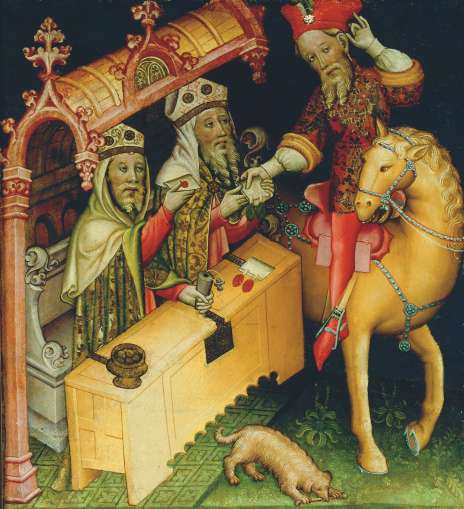


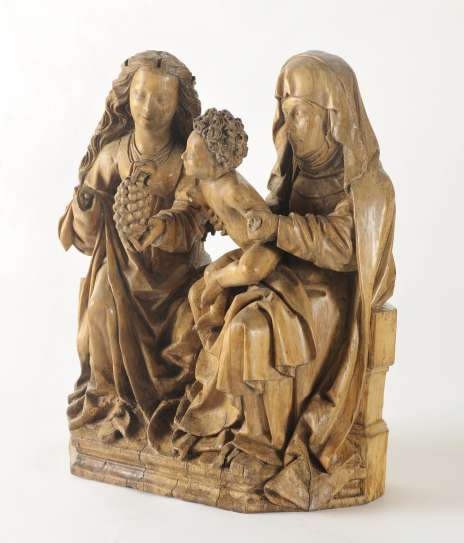
Dutch painting reached its heyday in the 17th century. It is generally divided into the art of the southern and northern provinces.
While the south – today's Belgium and Luxembourg – was dominated by the famous Flemish painter Peter Paul Rubens and his workshop in Antwerp, the north – now Holland – boastedmany well-known artistic personalities. The two most important painters are Rembrandt van Rijn in Amsterdam and Jan Vermeer in Delft. The period in which they carried out their work is known as the Golden Age (Gouden Eeuw), a time during which the Netherlands experienced a flowering in politics, eco nomics, science and art. This high point in the history of the Dutch Republic was a result of the Netherlands’ rise to become a global seafaring and trading power. Art became a mirror of the social and cultural change that made the United Netherlands a trailblazer and a world power. The middle class was encroaching on the upper class and even ordinary people like vendors, tradesmen and petty officials were able to invest their money in art to exhibit their new social status. This led to an unprecedented abundance of artworks, of which unfortunately only a small part has been preserved. In accordance with the tastes of the middle-class patrons a kind of heightened realism developed. The traditional religious themes made way for portraits, landscapes, scenes from everyday life and still lifes. The concentration on particular subjects led to the development of new pictorial categories such as sea pieces or the trompe-l'oeil, an illusionistic painting style that simulated three-dimensionality. This specialization led to a remarkable quality in painting that is beautifully exemplified by the works in the collection of the Clemens Sels Museum Neuss.
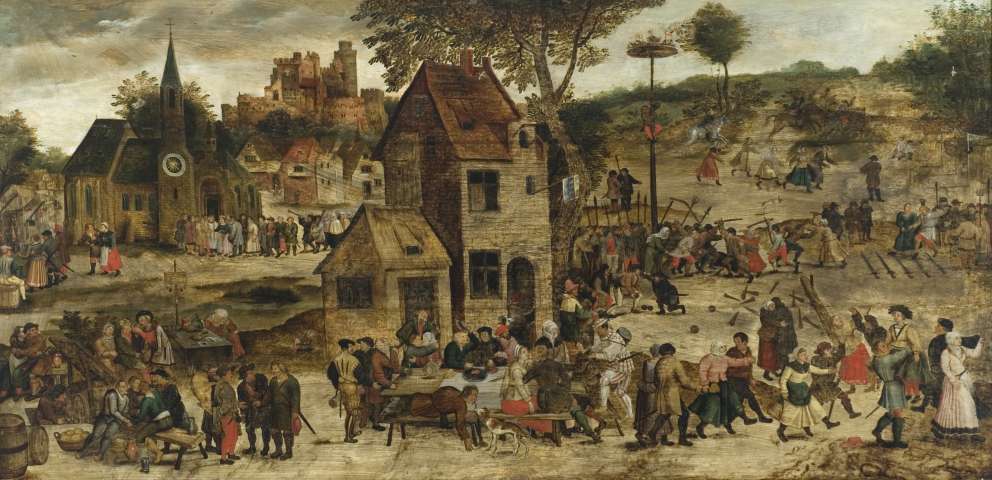
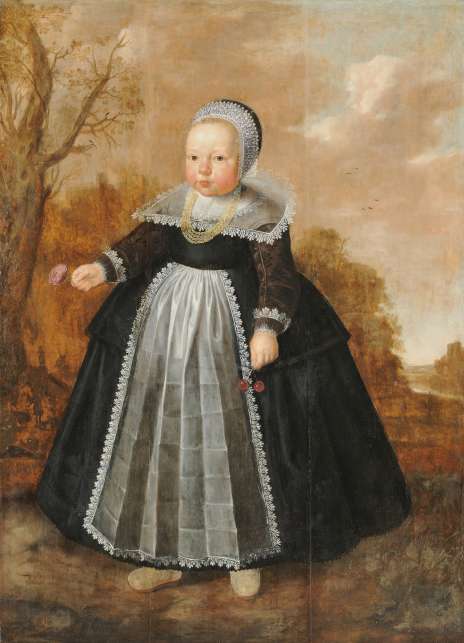


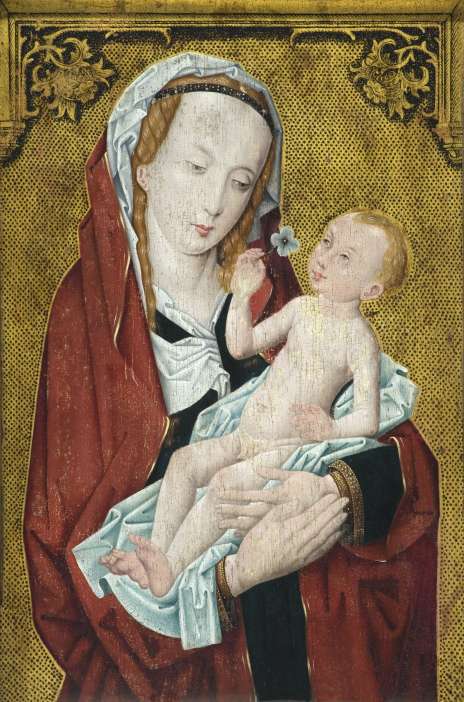
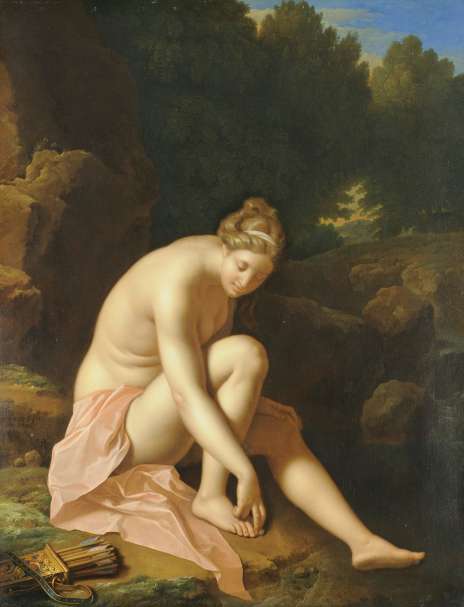




In 1809 Friedrich Overbeck and Franz Pforr founded the artists’ group called the Brotherhood of St. Luke in Vienna. After its move to Rome in the following year the movement attracted a growing number of artists who later became known as the Nazarenes.
Their works are characterized by idealized figurative depictions in a linear style with restrained local colors.
The members of the group strove to realize an ideal of the artist that had already emerged in the early Romantic period – one whose work resulted from deep religious sentiment. They found formal role models in old German painting, the art of Albrecht Dürer and the early Italian Renaissance. Their veneration for those masters went so far that the young artists adopted their dress and hairstyles. Apart from seeking an artistic renewal based on a Christian spirit, their art and lifestyle reflected nationalistpatriotic motivations. They viewed the prevailing Neoclassicism as the aesthetic ideal of the Napoleonic era – a time when German lands were occupied by a foreign – French – power. For the Nazarenes a style harking back to classical antiquity stood in opposition to ‘honest’ German virtues. With their sense of national identity – one that idealized their history – and with the support of King Ludwig I of Bavaria, the Nazarenes grew in influence in the 1820s and came to dominate the major art academies in Munich, Düsseldorf and Berlin for nearly two decades.
In 1848 Dante Gabriel Rossetti, John Everett Millais and William Holman Hunt and four other artists founded the Pre-Raphaelite Brotherhood in London.
In 1848 the Pre-Raphaelite Brotherhood was founded in London. The group turned to art before Raphael, that is to medieval art and Italian art of the 14th and early 15th centuries. With their symbolically charged colour, in-depth study of nature, and Christian, literary, and socially critical pictorial content, the artists rebelled against neoclassical doctrines teachings of the Royal Academy and strove to aestheticise all areas of life. Although the group broke up in 1853, it is still seen as the most influential artists’ association in late 19th century Britain. The Pre-Raphaelites’ penchant for mysticism, the visualisation of emotions clothed in literary models, and the use of allegorical references place them in close proximity to the Symbolists.
Major works of international Symbolism form the heart of the collection.
It includes important French representatives of this movement such as Gustave Moreau, Odilon Redon and Pierre Puvis de Chavanne as well as the younger Maurice Denis and the group of artists called Les Nabis. Among these self-proclaimed "prophets” of modern art were artists such as Pierre Bonnard, Édouard Vuillard and Aristide Maillol, who occupy a central position in the Museum’s holdings. With selected works by James Ensor, Fernand Khnopff and Johan Thorn Prikker the major artists of Belgian and Dutch Symbolism are also represented. Gustave Moreau is considered the “Father of Symbolism” who sought to move away from naturalistic representation. As an influential teacher at the École des Beaux-Arts in Paris Moreau never tired of conveying his revolutionary ideas about the use of color to his pupils: “Note this well: You must think through color, have imagination in it. If you don’t have imagination, your color will never be beautiful […] Color must be thought, dreamed, imagined.” With his remarkable “color fantasies” Moreau anticipated the liberation of color in the 20th century. The Symbolist artists did not pursue any particular common style. They were united by the effort to make their art a mirror of the soul and the subconscious, of dreams and visions, through the pure value of their colors and the language of symbols.

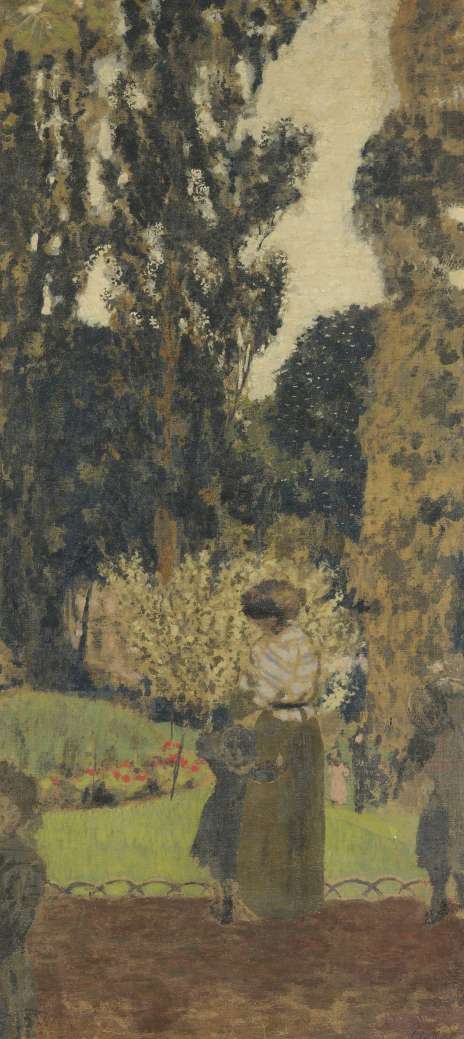



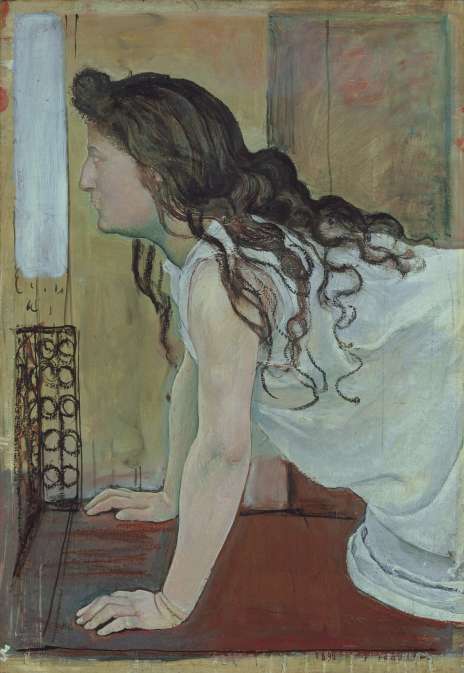





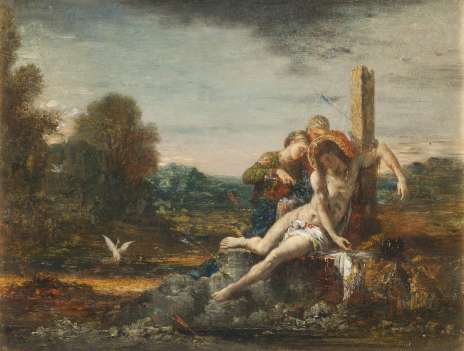
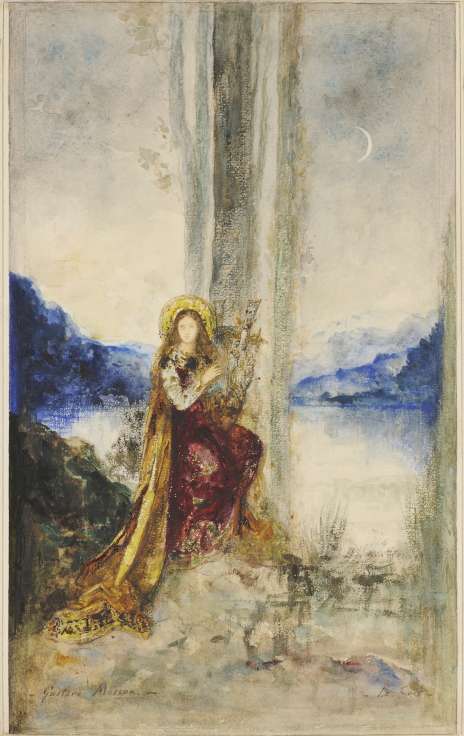





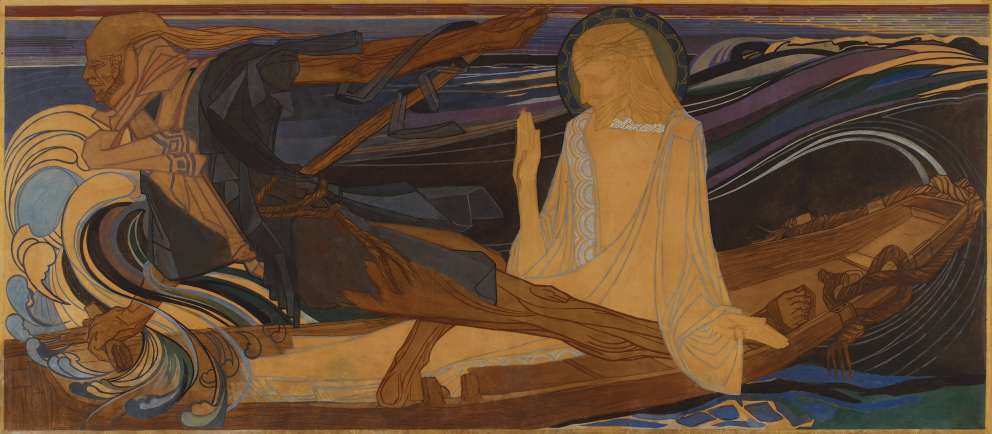

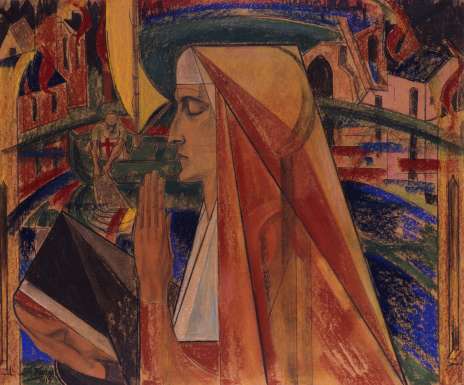



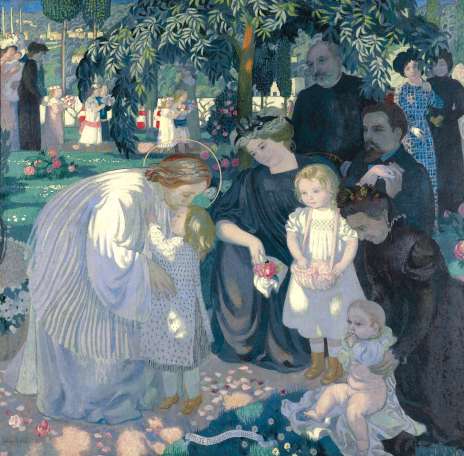
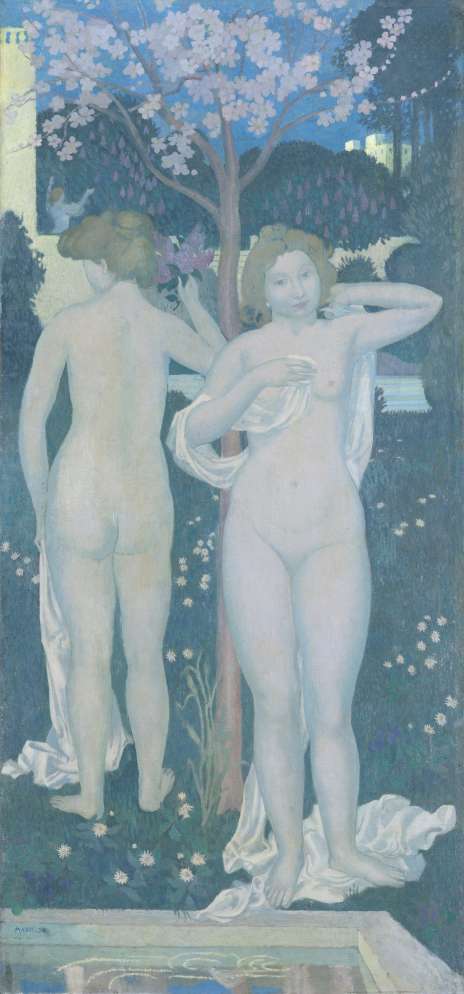

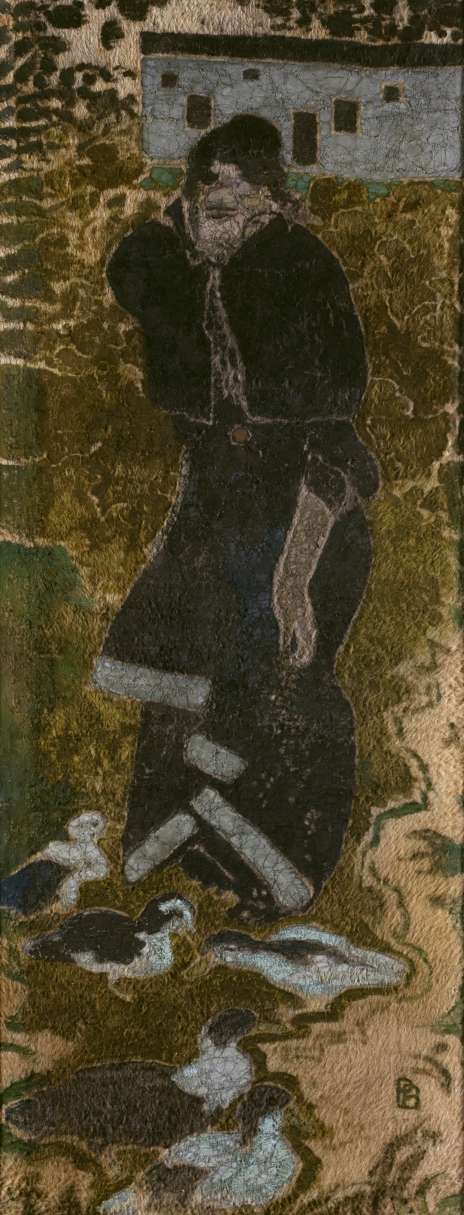
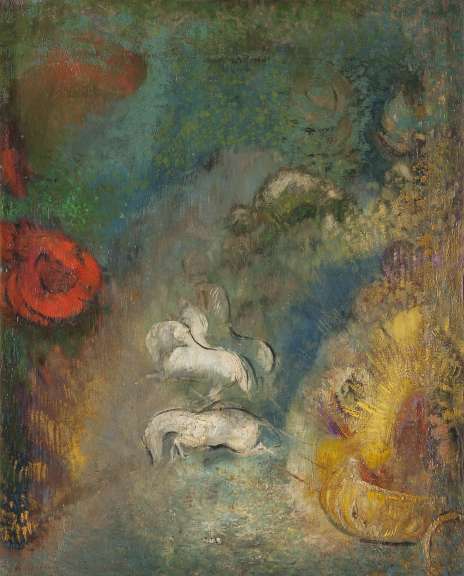


Significant works by the group of artists known as the Rhineland Expressionists are another focus of the collection of the Clemens Sels Museum Neuss. They range from major paintings to selected watercolors and drawings to rare reverse-glass paintings.
Alongside Dresden, Berlin and Munich, the Rhineland was an important center of Expressionism in Germany. Following the example of the Brücke and Blauer Reiter artists who had formed their groups in 1905 and 1911, the Rhineland Expressionists came together in 1913 in Bonn. The house where August Macke lived and had his studio in Bornheimer Strasse was the meeting place for this Rhineland art scene. He initiated the Exhibition of Rhineland Expressionists which brought together representative works by 16 progressive artists at the Friedrich Cohen bookstore and art business. Although the painters were not united by a homogeneous style or a common program, the name and the identification as a group were important to the artists. The exhibition featured around 60 works by August Macke, Heinrich Campendonk, Max Ernst, Helmuth Macke, Heinrich Nauen and Paul Adolf Seehaus, among others; they are considered the major protagonists of Rhineland Expressionism and are represented in the collection of the Clemens Sels Museum Neuss with characteristic works. In their search for new means of expression the Rhineland artists were united by their expressive pictorial vocabulary and their closeness to French art, as seen by the Fauvist tendencies in the work of some of the artists. The out break of the First World War put an end to the lively artistic activity in the Rhineland.




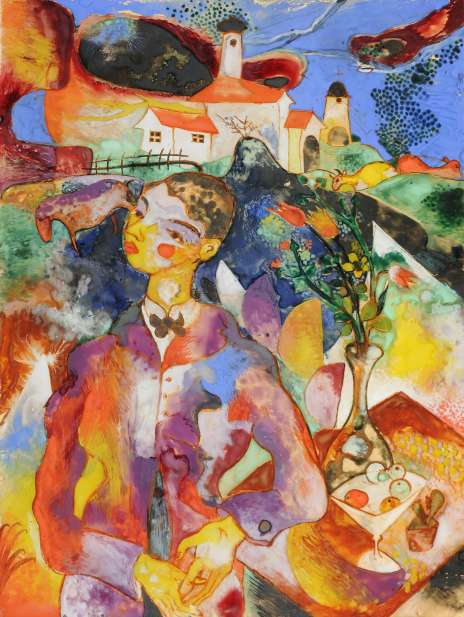
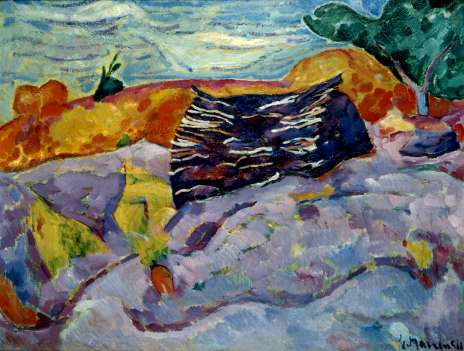


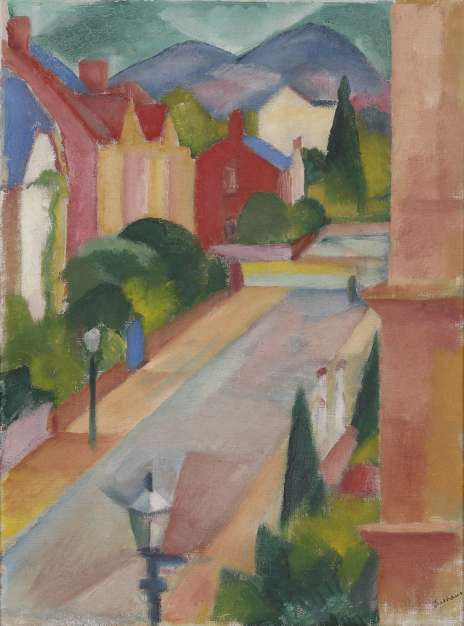
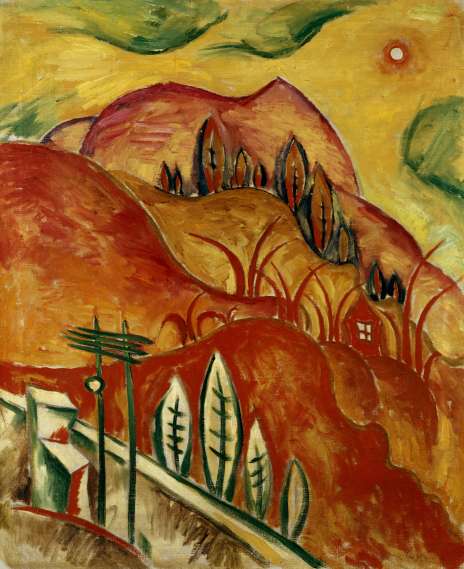
The Clemens Sels Museum Neuss has a valuable and comprehensive collection of of authentic Naïve art, mostly from the first half of the 20th century.
These works by self-taught artists whose individual styles developed outside academic conventions offer an original, sometimes visionary view of the realm of experience. Naive art first emerged in the 18th century in the United States. One of the most famous American representatives of naive or folk art is Anna Mary Robertson Moses, known as Grandma Moses who began painting in 1935 at the age of 75. The museum owns one of her major landscape paintings. Naive art came to the attention of critics at the end of the 19th century. It was the paintings of Henri Rousseau – who was known as the Douanier, or Customs Official – that aroused the huge interest of the avantgarde. Many modern artists revered primitivism and viewed its simple and primal forms of expression as a source of inspiration. Rousseau was discovered around 1885 by the painter Paul Signac who invited him to the newly founded Salon des Indépendents in Paris, which Rousseau continued to attend regularly in the following years. Through these exhibitions artists like Pablo Picasso and Paul Gauguin became aware of Rousseau and were enthusiastic about the expressive power of his pictures. One of the foremost collectors of lay painting in France was the German gallery owner Wilhelm Uhde. In 1928 he devoted an exhibition to the group known as the "Sacred Heart painters" that included Louis Vivin, Séraphine Louis, André Bauchant and Camille Bombois. In Germany Adalbert Trillhaase is considered the "German Rousseau". Inspired by his friend Otto Pankok he began painting in 1919 at the age of 60 and became an important figure in the Young Rhineland group of artists. Polish Naïve artists are also represented in the collection with numerous paintings and sculptures.





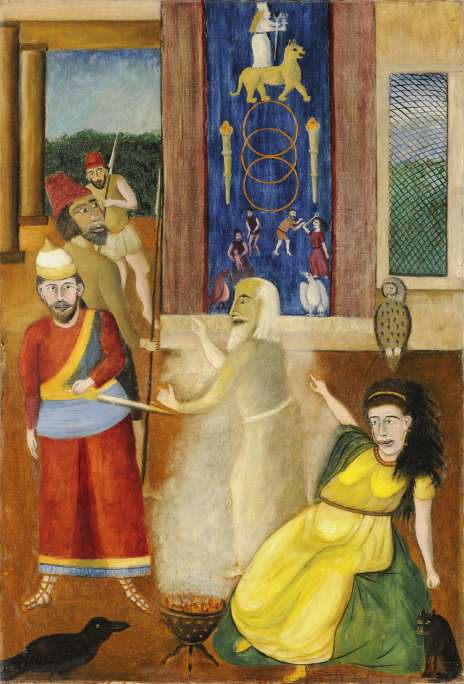
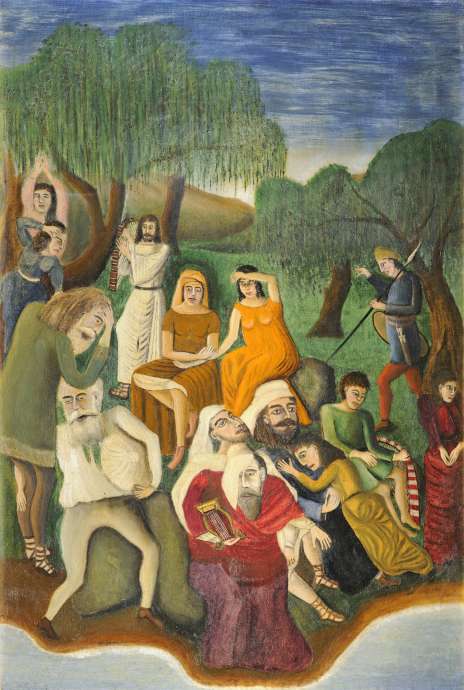
The Clemens Sels Museum Neuss has an extensive collection of works of so-called Color Painting that has been built up since the end of the 1980s.
It includes paintings and sculptures by international artists such as Marcia Hafif and Phil Sims as well as by important Germans such as Katharina Grosse, Dieter Villinger, Markus Linnenbrink, Paul Schwer and Camill Leberer. The collection is regularly expanded through purchases and donations. The quality of the collection has led to an area on the museum’s ground floor being turned into a separate exhibition space to showcase it. In addition to changing presentations of the museum’s holdings, well-known artists will be invited to develop a space-specific concept for the museum building that dates from 1975. In new ways the artists seek to engage with the specific spatial aspects of the building, to use color alone to work against the heaviness of the concrete architecture, the massiveness of the staircase and the closed nature of the entire building and replace them with lightness, spontaneity and openness. The carefully calculated interplay of art and architecture results in imaginary color spaces that sharpen our perception and sensations of the power and diversity of the action of color.